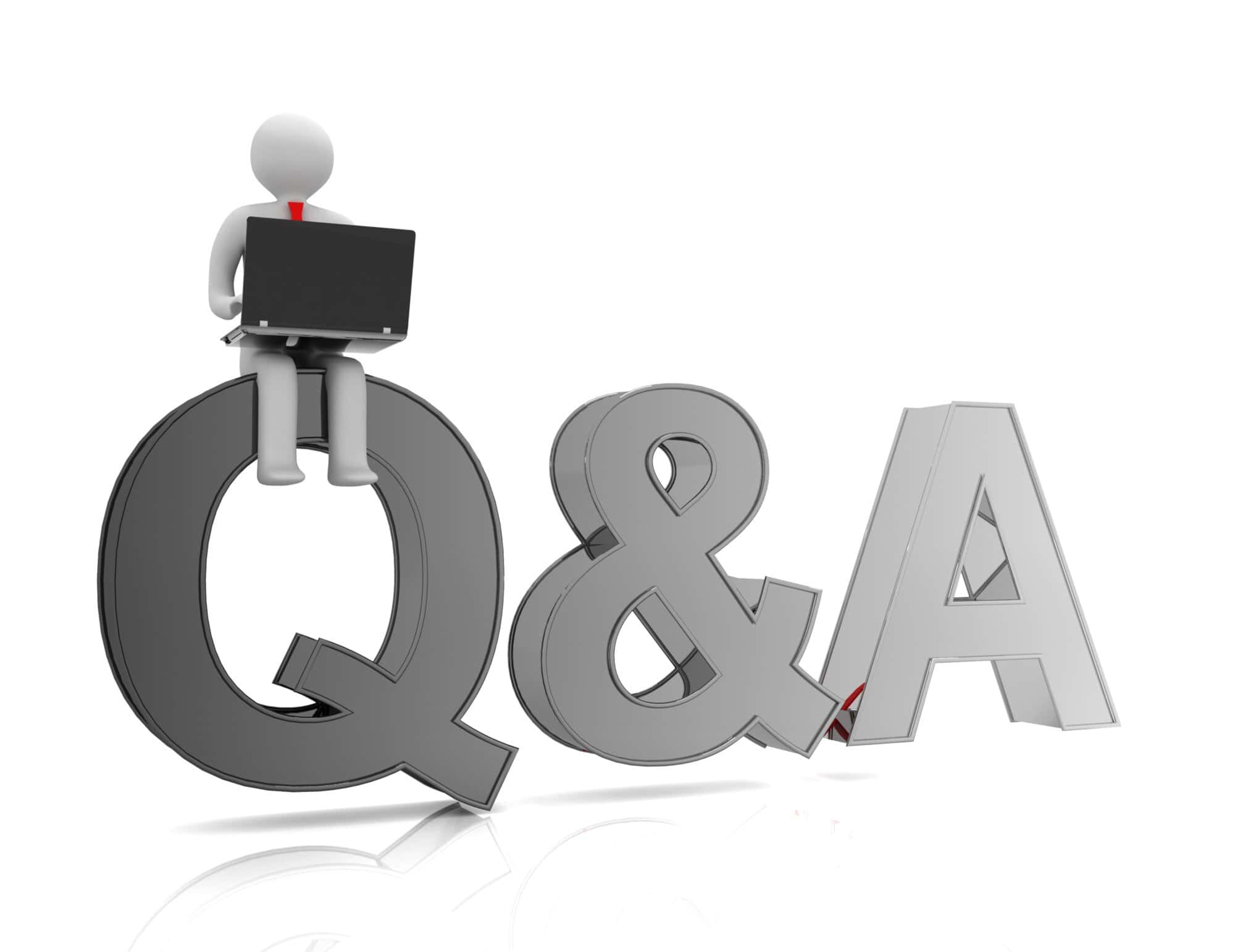Estimated reading time: 8 minutes
Key Takeaways
- “The goal for most organisations is not choosing one approach exclusively, but rather leveraging the strengths of both quality assurance types to create a robust contact centre QA strategy.”
- Human QA offers depth of understanding, contextual sensitivity, and motivational feedback, while technical QA provides broad coverage, speed, and cost efficiency.
- Technical QA can process 100% of customer communications instantly, offering unmatched scalability.
- Human evaluators assess empathy, tone, cultural sensitivity, and compliance nuances that require human judgement.
- Automated systems excel at monitoring compliance elements, script adherence, prohibited language usage, and basic sentiment analysis across large volumes.
Table of Contents
Introduction
Quality Assurance (QA) forms the backbone of successful contact centres, serving as the critical process of evaluating customer–agent interactions to ensure high service standards and drive continuous improvement. When exploring human QA vs technical QA, we are essentially comparing two fundamental approaches, manual evaluations conducted by trained QA analysts versus automated, tool-driven assessments powered by technology.
Understanding both human QA and technical QA is crucial for effective quality management within modern complex contact centre environments. Each approach offers distinct advantages and limitations that impact service delivery, agent performance, and ultimately, customer satisfaction. Modern contact centres face the challenge of balancing the nuanced human touch with the efficiency and scalability that technical solutions provide.
The goal for most organisations is not choosing one approach exclusively, but rather leveraging the strengths of both quality assurance types to create a robust contact centre QA strategy. This comprehensive approach ensures thorough evaluation of all customer interactions while maintaining the personal touch that defines exceptional service.
Understanding Human QA
Definition and Role
Human QA involves trained quality analysts manually evaluating customer interactions by listening to calls, reviewing chat transcripts, or assessing email communications. This manual QA approach focuses primarily on soft skills, emotional intelligence, and nuanced interactions that require human judgement. Human evaluators assess aspects like empathy, appropriate tone, cultural sensitivity, and compliance nuances that might be lost in purely automated assessments.
The role of human QA extends beyond simple scoring. These specialists interpret context, understand cultural references, and recognise when agents appropriately adapt to unique customer circumstances. They evaluate whether agents effectively build rapport, demonstrate active listening, and show genuine care for customer concerns, elements fundamental to exceptional customer experiences.
Emotional Intelligence in QA
Emotional intelligence in QA represents the ability to identify, understand, and respond appropriately to emotions during customer interactions. Human QA analysts excel at detecting subtle emotional cues like frustration, confusion, or satisfaction that might not be explicitly stated but are conveyed through tone, pacing, or word choice.
Human evaluators can identify when agents miss emotional signals or fail to respond with appropriate empathy. They can detect customer frustration building beneath seemingly calm language and assess whether agents diffused tension effectively. While technology continues to advance, automated tools still struggle to match human ability in detecting these complex emotional nuances and evaluating appropriate emotional responses from agents.
While technology continues to advance, automated tools still struggle to match human ability in detecting complex emotional nuances.
QA Evaluation Accuracy and Consistency
Human evaluators achieve detailed and nuanced assessments by drawing on their experience and intuition. They understand context, recognise unusual situations, and can adjust their evaluations accordingly. This flexibility allows for QA evaluation accuracy in complex scenarios that might confuse automated systems.
However, human evaluation can introduce variability between reviewers. Different QA specialists might interpret the same interaction differently based on their experience, values, or expectations. This potential inconsistency highlights the importance of rigorous calibration sessions and standardised training to maintain QA consistency across the quality team. Regular alignment discussions, clear evaluation criteria, and periodic cross-checking of assessments help minimise subjective biases and ensure fair, consistent evaluations.
QA Coaching and Feedback
One of the most valuable aspects of human QA is the ability to provide personalised QA coaching and feedback to agents. Human evaluators can craft tailored guidance that acknowledges an agent’s unique strengths and development areas, rather than generic automated feedback.
This personalised approach resonates more deeply with agents, helping them understand not just what to improve but how to improve it. Quality analysts can share specific examples, demonstrate alternative approaches, and engage in dialogue about improvement strategies. The impact of this tailored feedback extends beyond skill development to boost agent engagement and motivation, as they feel genuinely supported in their professional growth rather than merely monitored.
Exploring Technical QA
Definition and Role
Technical QA leverages software tools and algorithms to evaluate customer interactions rapidly and efficiently. This automated QA approach uses technology to monitor conversations, flag issues, and generate insights with minimal human intervention. Technical systems excel at monitoring compliance elements, script adherence, prohibited language usage, and basic sentiment analysis across large volumes of interactions.
The role of technical QA has expanded significantly with advancements in artificial intelligence and machine learning. Modern systems can now identify patterns across thousands of interactions, detect compliance risks in real-time, and provide consistent measurement against defined standards. This technological approach ensures that no interaction goes unexamined, creating a safety net that catches critical issues that might otherwise slip through sampling-based human evaluation.
Automated QA Tools
The landscape of automated QA tools continues to evolve rapidly, encompassing various technologies that serve different aspects of quality management. Speech analytics platforms transcribe and analyse voice interactions, identifying keywords, topics, and emotional indicators. Natural language processing (NLP) tools examine text-based communications for sentiment, compliance, and effectiveness. Real-time monitoring platforms alert supervisors to potential issues during live interactions, enabling immediate intervention.
These tools flag issues like compliance breaches, extended silences, elevated customer frustration, or agents going off-script. Advanced systems can identify successful patterns from top-performing agents and highlight when others miss similar opportunities. The automation of these routine checks frees human QA specialists to focus on more complex evaluations and coaching activities that require human judgement.
Speech Analytics in QA
Speech analytics in QA has revolutionised how contact centres understand customer interactions at scale. These systems analyse numerous conversation elements including tone, specific keywords, silence duration, talk-over incidents, and sentiment markers to provide comprehensive insights about conversation quality.
Speech analytics can process entire call volumes, identifying trends like common customer frustration points, successful resolution techniques, or compliance vulnerabilities. The technology can detect when agents miss upselling opportunities, fail to offer appropriate solutions, or successfully de-escalate tense situations. This scalable approach to conversation analysis provides insights that would be impossible to obtain through traditional sampling methods, enabling data-driven improvements to scripts, training programmes, and process designs.
Modern systems identify patterns across thousands of interactions, detect compliance risks in real-time, and provide consistent measurement against defined standards.
QA Scalability and Speed Comparison
When comparing QA scalability, technical systems offer clear advantages. While human QA typically relies on reviewing random samples, often just 1–3% of total interactions, technical QA can process 100% of customer communications instantly. This comprehensive coverage ensures no critical interactions slip through evaluation gaps.
The QA speed comparison similarly favours technical approaches. Human evaluation requires time, typically 1.5 to 3 times the length of the original interaction, to listen, assess, document findings, and provide feedback. Technical systems analyse interactions in real-time or near-real-time, providing immediate insights without evaluation delays. This speed advantage becomes particularly valuable for high-volume contact centres where immediate quality intelligence can drive rapid process improvements.
QA Cost Efficiency
Implementing technical QA solutions delivers significant QA cost efficiency benefits for many organisations. After initial investment, automated systems typically reduce ongoing operational costs compared with maintaining large quality assurance teams. This cost advantage becomes particularly pronounced for businesses with high call volumes that would otherwise require extensive QA staff.
Technical systems eliminate the scaling costs associated with human evaluation as interaction volumes grow. While human QA costs increase linearly with interaction volume, technical systems can handle volume increases with minimal additional expense. This efficiency enables organisations to redirect resources toward more strategic activities like targeted coaching and experience design rather than routine evaluation tasks.
Manual QA vs Automated QA
Comparison of Manual and Automated QA
The contrast between manual QA and automated QA represents fundamentally different approaches to quality management, each with distinct strengths. Manual QA excels in depth, trained human evaluators can thoroughly assess complex, emotion-driven interactions, understanding nuance and context in ways automated systems cannot match. Human evaluators recognise when agents appropriately adapt standard procedures to unusual circumstances, something rigid automated systems might flag as non-compliance.
Conversely, automated QA delivers unmatched breadth, these systems can review every single customer interaction rather than relying on sampling. Technical solutions excel at consistent application of objective standards and detecting patterns across thousands of interactions that human reviewers might miss. The ideal approach typically combines both methods, using technology for comprehensive coverage while reserving human evaluation for complex interactions and coaching activities.
Effective Scenarios for Each QA Type
Different scenarios naturally lend themselves to either human QA or technical QA approaches. Human evaluation proves most effective for complex customer interactions involving sensitive topics, significant emotionality, or unusual circumstances requiring agent judgement. Manual QA also excels in providing personalised coaching and developing agents’ soft skills like empathy, active listening, and adaptive communication.
Technical QA demonstrates optimal effectiveness in compliance monitoring, where clear rules exist that must be consistently followed across all interactions. Automated approaches excel at detecting prohibited language, ensuring required disclosures, and identifying compliance risks at scale. Technical systems also provide superior data-driven insights by analysing interaction patterns across entire customer bases, identifying trends and opportunities that sample-based human evaluation would likely miss.
Human vs Technical QA in Call Centres
Quality Assurance in Call Centres
Quality assurance in modern call centre environments increasingly relies on balanced integration of both human QA and technical QA approaches. Call centres face unique challenges including high interaction volumes, diverse communication channels, and stringent regulatory requirements. By combining the observational skills of human evaluators with the analytical power of automated tools, organisations can maintain consistent service quality, detect risks swiftly, and nurture agent development effectively.
Blending manual and technical methods allows businesses to meet demanding customer expectations while remaining agile in an evolving service landscape. The most effective contact centres deploy technical QA for comprehensive oversight and rapid issue detection, then use human QA to interpret context, provide meaningful coaching, and foster continuous improvement.
Conclusion
Neither approach alone delivers perfect results. Human QA offers depth of understanding, contextual sensitivity, and motivational feedback, while technical QA provides broad coverage, speed, and cost efficiency. Organisations that integrate both will gain a balanced, scalable quality framework, ensuring each customer interaction reflects their highest service standards.
FAQs
What is Human QA in contact centres?
Human QA involves trained quality analysts manually evaluating customer interactions by listening to calls, reviewing chat transcripts, or assessing email communications. The role of human QA extends beyond simple scoring, with specialists interpreting context, understanding cultural references, and recognising when agents appropriately adapt to unique customer circumstances.
What is Technical QA?
Technical QA leverages software tools and algorithms to evaluate customer interactions rapidly and efficiently. This automated QA approach uses technology to monitor conversations, flag issues, and generate insights with minimal human intervention, excelling at monitoring compliance elements, script adherence, prohibited language usage, and basic sentiment analysis across large volumes of interactions.
Which works better: human QA or technical QA?
The goal for most organisations is not choosing one approach exclusively, but rather leveraging the strengths of both quality assurance types to create a robust contact centre QA strategy. Neither approach alone delivers perfect results; human QA offers depth and contextual sensitivity, while technical QA provides broad coverage, speed, and cost efficiency.
How fast and scalable is automated QA compared to manual QA?
Technical QA can process 100% of customer communications instantly. The QA speed comparison similarly favours technical approaches, with systems analysing interactions in real-time or near-real-time to provide immediate insights without evaluation delays.
Where does each QA type fit best?
Human evaluation proves most effective for complex customer interactions involving sensitive topics, significant emotionality, or unusual circumstances requiring agent judgement. Technical QA demonstrates optimal effectiveness in compliance monitoring and in providing superior data-driven insights by analysing interaction patterns across entire customer bases.
Is technical QA more cost-efficient?
Implementing technical QA solutions delivers significant QA cost efficiency benefits after initial investment, typically reducing ongoing operational costs compared with maintaining large quality assurance teams. Technical systems can handle volume increases with minimal additional expense, enabling resources to be redirected toward strategic activities.







